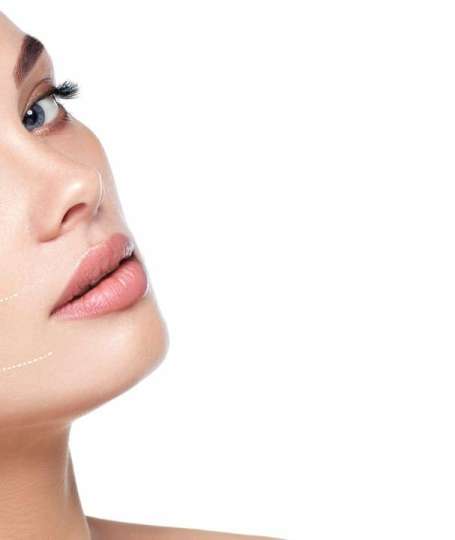 What is Chemical Peeling?
What is Chemical Peeling?
Chemical peeling – We generally use the peeling technique on the face area. After applying the prepared chemical solution to the skin, the skin first swells and then peels off. The new skin from below appears smoother and less wrinkled than the old one. Fresh skin will be more sensitive to the sun.
What Can a Chemical Peel Do?
Chemical peels are often used to treat fine lines under the eyes and around the mouth. Wrinkles caused by sun damage, aging and hereditary factors are usually reduced or even eliminated with this process. However, sagging, swelling and more severe wrinkles do not respond well to peeling, for which other treatments are used. Mild scarring and some types of acne can be treated with chemical peels. In addition, chemical peeling can be used to improve sun spots, age spots, freckles, and skin texture. Chemical peels can be customized to the individual needs of the patient, and chemical peels can also be combined with laser resurfacing, dermabrasion or soft tissue fillers to achieve deeper skin resurfacing. It has been determined that the post-procedure conditions of sun-damaged and precancerous keratoses have improved. New lesions are less likely after treatment.
Before Operation
The depth of Chemical Peeling is determined.
Talk about the medical background.
Drugs that should not be used before the procedure are discussed.
Post-Processing
After the treatment, our skin looks like sunburned.
redness lasting 3 to 7 days
Percent swelling
In medium to deep peels, the skin becomes crusted, turns brown and peels off in 7 to 14 days.
Light peels can be repeated at intervals of 1 to 4 weeks, and medium and deep peels at intervals of 6 to 12 months.
The patient should be protected from the sun for several months.
Providing skin softness and natural shine
Removing acne and reducing their scars
Relief of lines caused by sun damage






